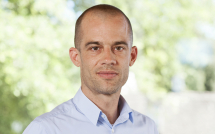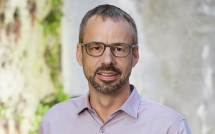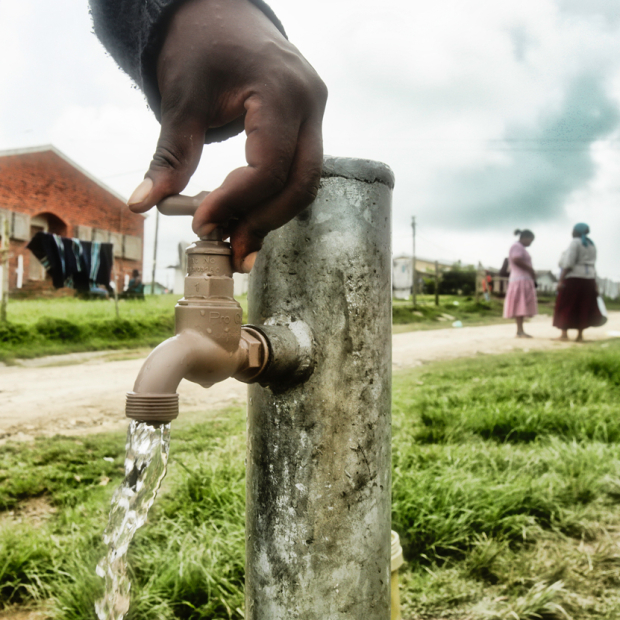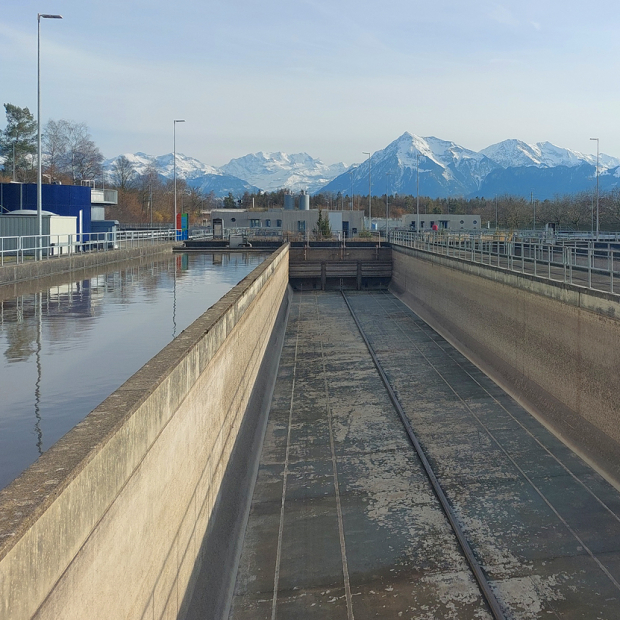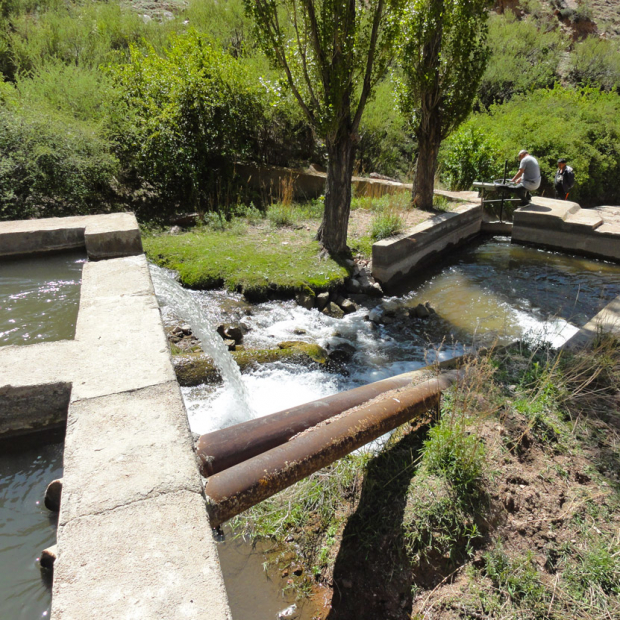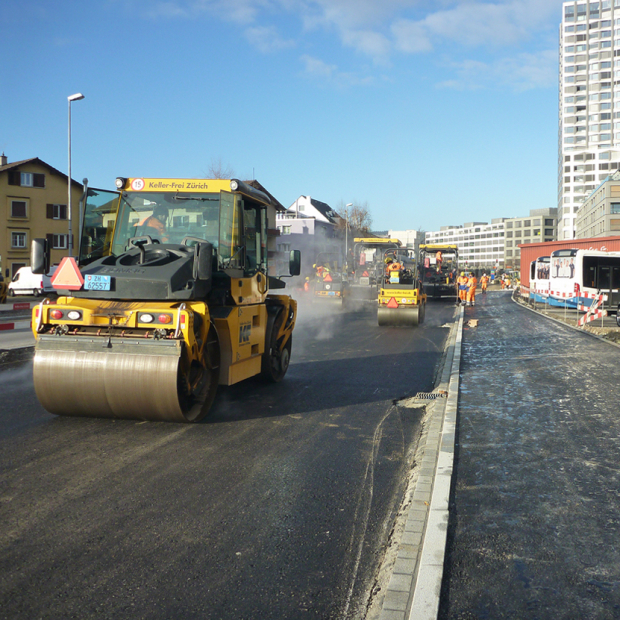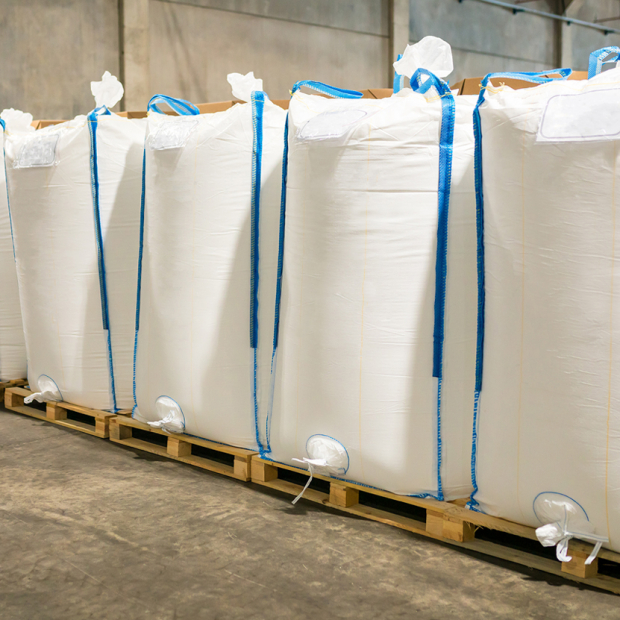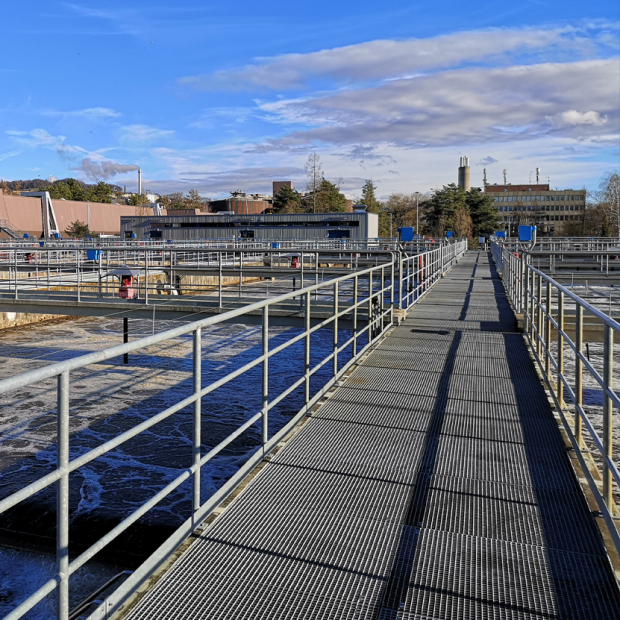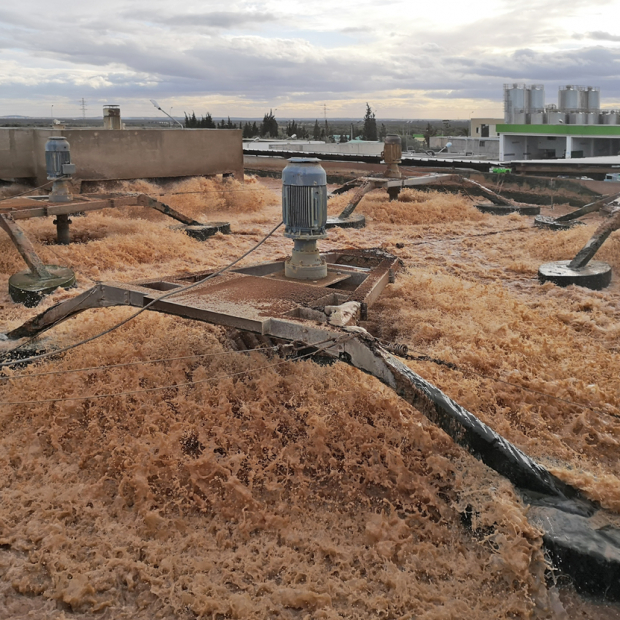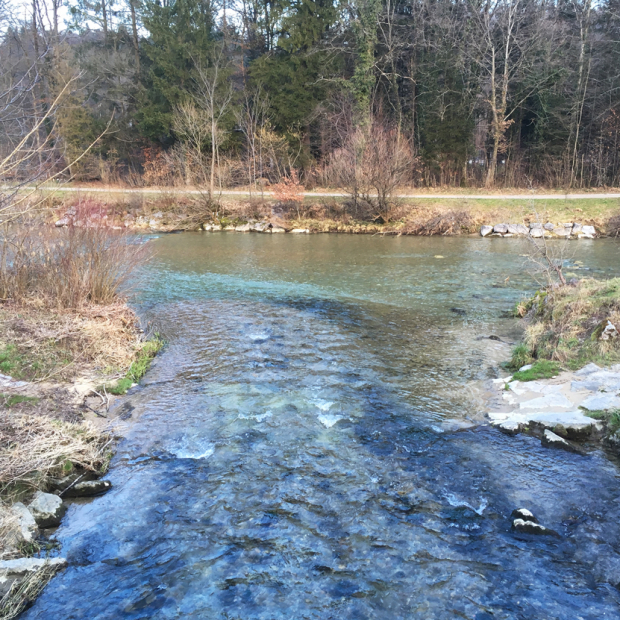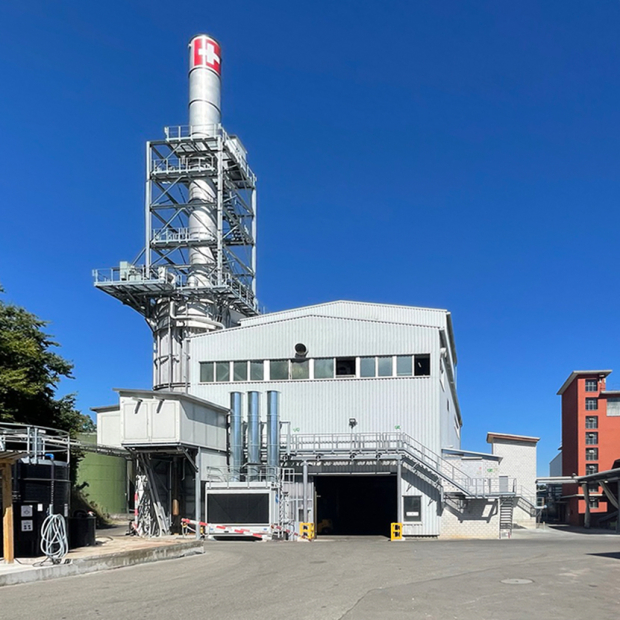
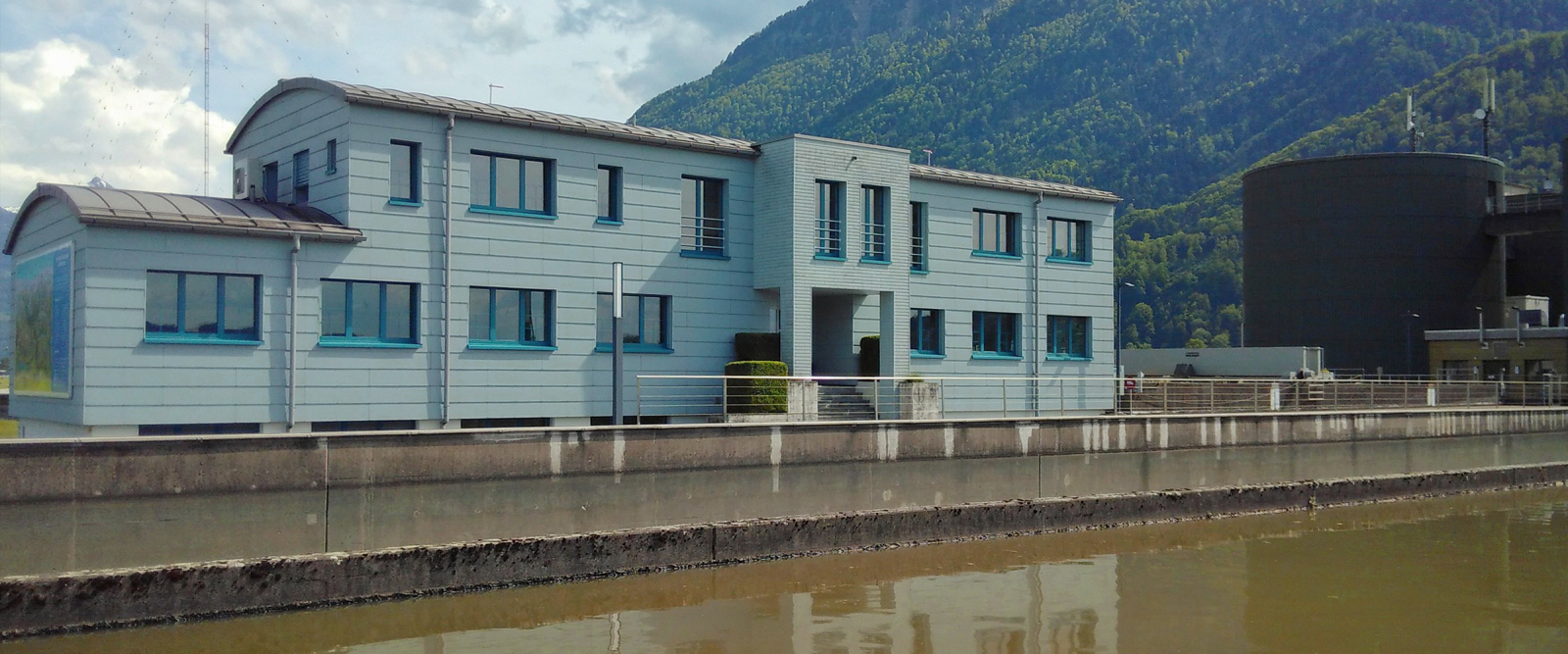
Phosphorus recovery for WWTP Glarnerland, Switzerland
Passed in 2016, the Swiss Waste Avoidance and Disposal Act will require the recovery of phosphorus from sewage sludge. EBP is currently helping the Glarnerland Wastewater Treatment Association to identify suitable recovery solutions.
Mandatory phosphorus recovery
The terms of the Swiss Waste Avoidance and Disposal Act (VVEA), which was passed in 2016, require the operators of wastewater treatment plants in Switzerland to recover the phosphorus from their sewage sludge before disposing of the sludge. Given a 10-year grace period, phosphorus recovery will have to be implemented until 2026.
Challenge for the Glarnerland Wastewater Treatment Association
The Glarnerland Wastewater Treatment Association (AVG) currently supplies dried sewage sludge to the cement industry, which uses it as an alternative source of fuel. The new obligation to recover phosphorus from sewage sludge is expected to threaten the continuation of this form of disposal. The AVG now faces the task of identifying viable phosphorus-recovery solutions that take account of its size (105,000 PE) and existing opportunities to work together with other stakeholders in the region. Various methods of extracting phosphorus from sludge water, sewage sludge and other products from thermal processing have been developed. Given that the degree to which these methods have been tested and validated – either in Switzerland or abroad – tends to vary considerably, the task of selecting a particular method is fraught with uncertainty, for instance, with respect to investment and operating costs, degrees of recovery and end-product marketability. The AVG faces the challenge of planning for phosphorus recovery despite the prevailing uncertainties. This is because it must have a ready and compliant solution for sewage sludge disposal by the end of the 10-year grace period. Working on behalf of the AVG, EBP is currently assessing the most promising of the available solutions while also drafting an implementation strategy. The aim is to secure on behalf of the AVG an efficient and cost-effective means of recovering phosphorus from and properly disposing of sewage sludge.
Strategy for phosphorus recovery
EBP has worked out a strategy for implementing a phosphorus recovery solution on the basis of the latest technological developments and in light of current, regional initiatives. The strategy outlines various options for phosphorus recovery and assesses their advantages and disadvantages, as well as the associated technological uncertainties. We have also conducted an in-depth analysis to estimate the cost of sewage-sludge disposal for each of the proposed solutions. Finally, we have outlined the further steps that will be necessary in order to realize a suitable recovery solution at the Glarnerland wastewater treatment plant.

